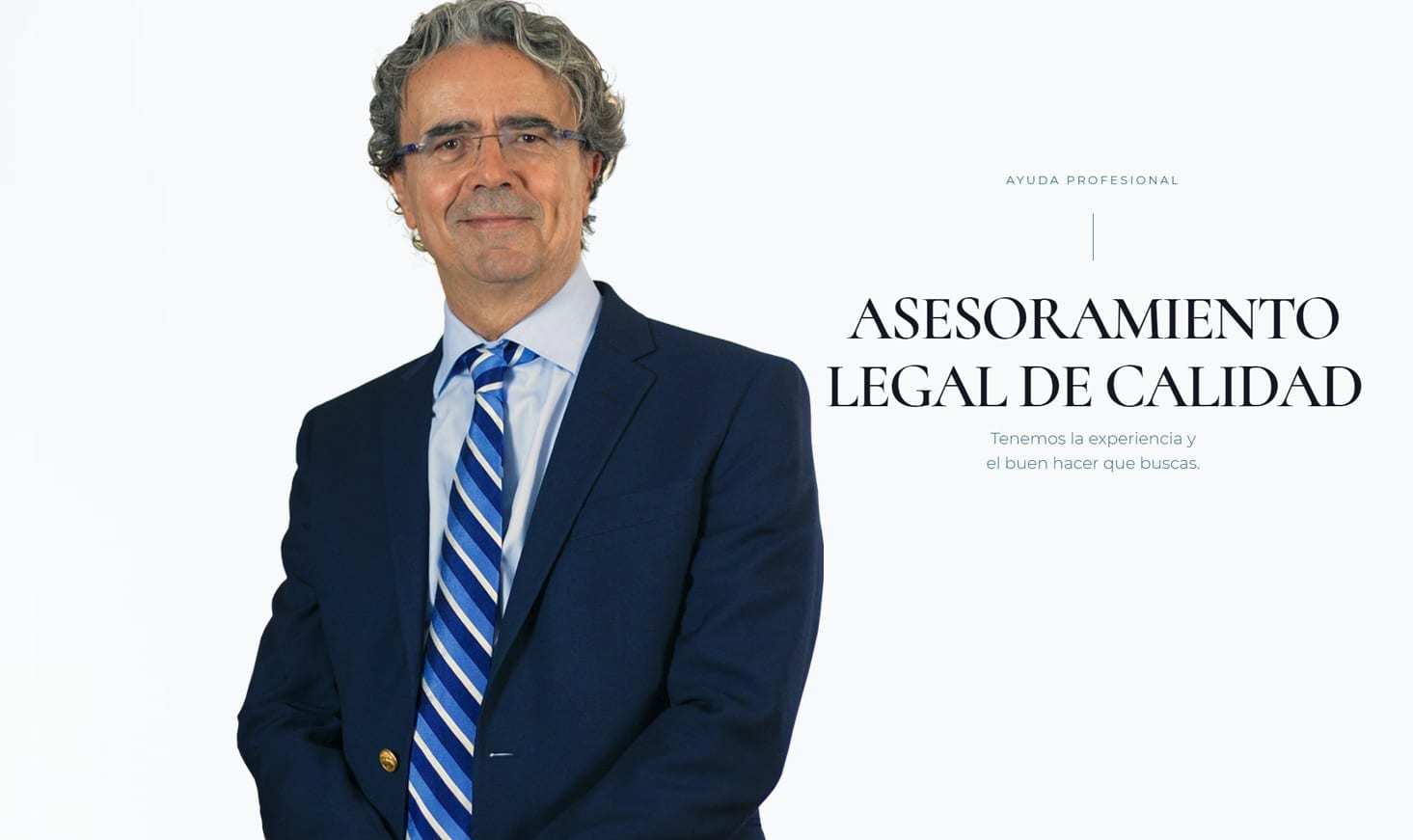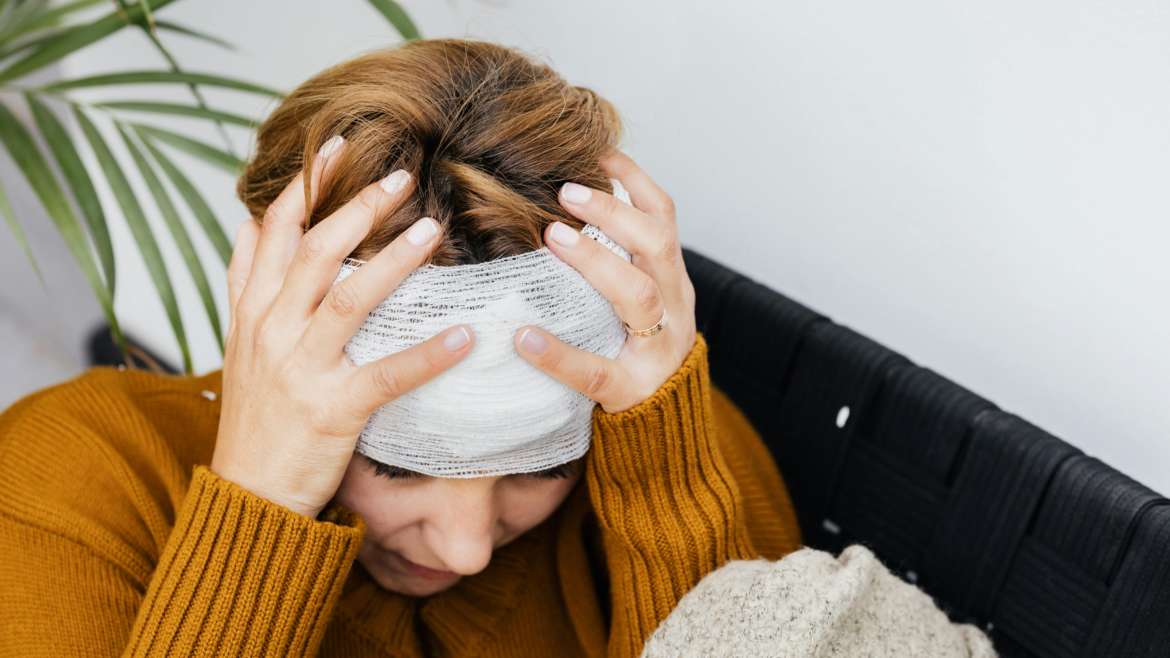User Fall in a Tourist Building: Who Can Be Held Responsible?
In this article, we analyze a particular case of a user falling in a tourist building. These incidents not only endanger the physical integrity of individuals but also carry legal responsibilities for the owners and managers. If you need legal advice in similar situations, do not hesitate to contact our Lawyers in Alicante.
 Incident Description
Incident Description
Our client booked a weekend stay in an apartment that was part of a tourist building, intended entirely for day stays, from 22/09/23 to 24/09/23. After seeing it advertised by a company, she booked two rooms with several friends, paying the company whose advertisement was for tourist apartments through the internet as the company that operated these apartments.
Details of the Fall
While in these facilities, our client suffered a fall when returning from the apartment where her friends were to her own, which was on the upper floor. The fall occurred as she did not see a step due to poor lighting and the time when there was barely any natural light. Being at twilight, there was not enough natural light, resulting in injuries to her hip, knee, and head.
Medical Consequences
She was taken to the hospital, and after being diagnosed with trauma from a fall on the knee, she had to undergo knee surgery. She is currently convalescing.
Legal Framework for the Use of VUT
The use of VUT has a hybrid obligational content between the lodging contract, regulated in the Civil Code (CC), and the seasonal lease, regulated by the Urban Leases Law (LAU). Additionally, the Law 49/1960 of July 21 on Horizontal Property should be taken into account, as this norm provides solutions to coexistence problems between neighbors and establishes mechanisms to deduce responsibilities for damages in common elements.
Initial Reaction of the Involved Parties
After making immediate arrangements with the company that made the reservation and received the payment, they refused to assume the accident and its consequences, arguing that the fall occurred in the common elements of the building, and the claim should be directed to the community of owners.
It was discovered that the company operated as an operator or manager, but not as the owner of the tourist housing. The building belongs to a community of goods and is managed for the rental of the apartments by the initially mentioned company.
Subsequent Arrangements
After making arrangements with the company owning the building, we are waiting for a response from their insurance company. There are two key issues in this case: accepting the incident as such and determining who should be held responsible.
Negligence and Causes of the Fall
The first essential issue is whether there was any negligence causing our client’s fall. The area was very poorly lit, with only one ceiling light that was insufficient, and the presence of steps that, under certain circumstances, like those that occurred, caused them not to be seen.
Our client did not act recklessly nor was she impaired when walking through that area. She was in full faculties and not under the influence of alcohol. When leaving the apartment on the first floor and going to her friend’s, there was no incident, but it did occur at 22:00 hours when it was barely visible due to the poor lighting in this area of the building.
Since it is a building dedicated to tourist exploitation, it is evident that it must meet all the conditions to be used properly and with adequate safety by the temporary residents.
Responsibility According to Jurisprudential Doctrine
The jurisprudential doctrine establishes that the responsibility derived from falls in buildings subject to the horizontal property regime cannot be considered a risk responsibility. It is not enough for a harmful event to have occurred to create an obligation to compensate; it is necessary to have an action or omission attributable to the responsible party that determines the harmful result.
In this case, we understand that there is negligence from the moment the lighting installations are insufficient in the building and in that specific area, where there are also bike racks, making the situation more dangerous. With adequate lighting, this accident would not have occurred.
Determining Who Should Be Held Responsible
Regarding who should be held responsible, it is clear that the Community of Owners is initially responsible. We are also considering claiming against the manager or operator of the tourist building business, as they obtain benefits from their activity and, therefore, some responsibility should be attributed to them for the consequences of those benefits.
We will wait for the response from the insurance company of the building owner dedicated to tourist activity. Depending on that response, we will act: if they assume responsibility, the judicial claim will be against them; but if they exempt themselves from all responsibility, we will have no choice but to claim judicially against both companies: the community of owners and the company managing and operating the tourist apartment business in the building.
Carlos Baño Lawyers
If you want more information, you can also contact us through Google.

For more information about our legal services, visit our Tort <Lawyers page.


